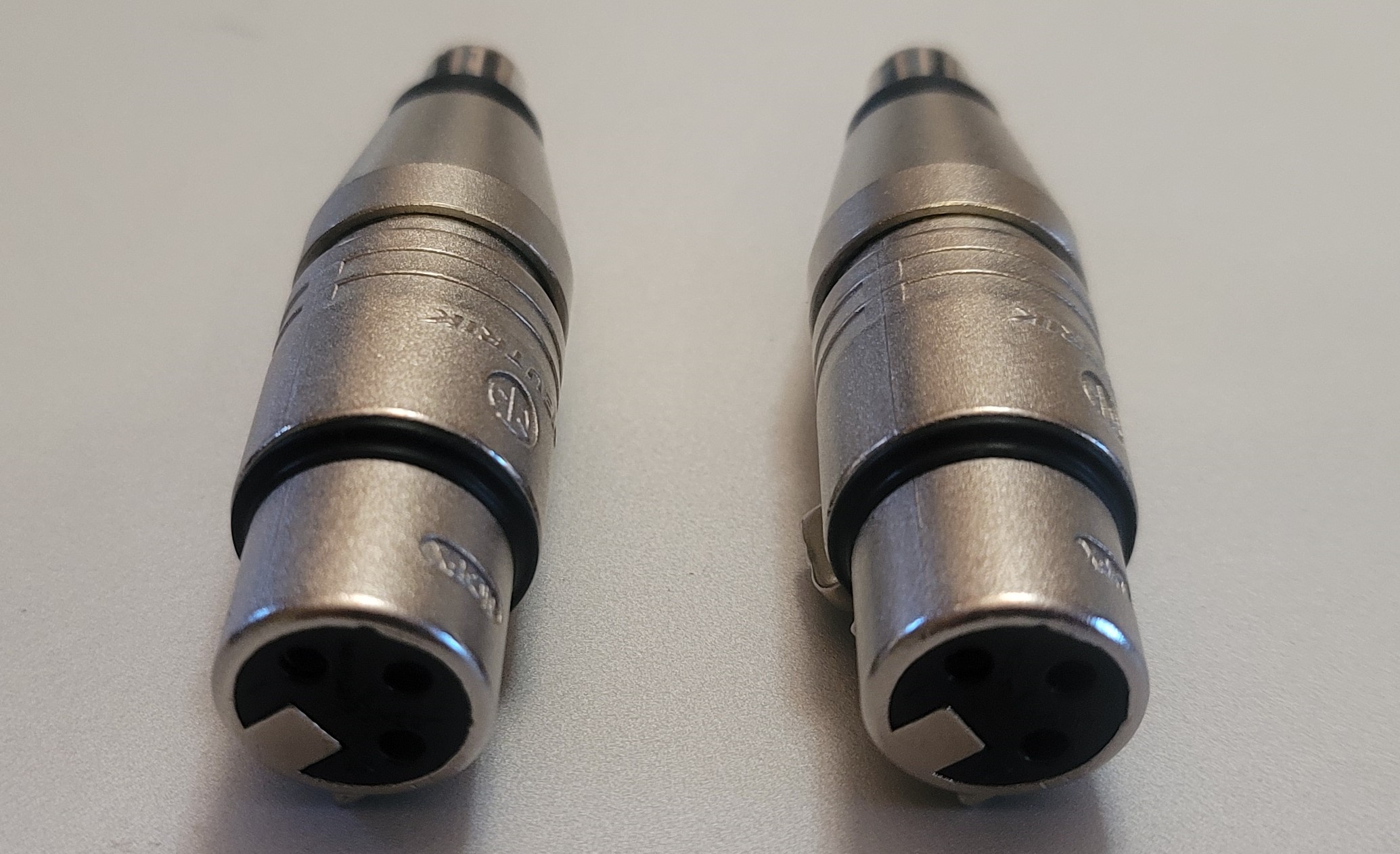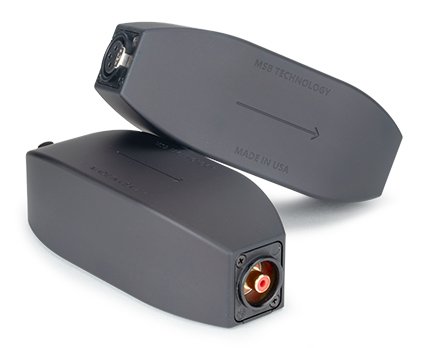Hi,
My new goldmund telios 690 amp does not have Xlr inputs and my new mola mola dac does not have rca outputs. I have a few reference grafe xlr cables which i am very happy to use. Which one is better?
1. Use xlr cable at the output of dac and use a xlr to rca adapter and go in to inğut of amp
2. Use a xlr to rca adapter on my dac out, by a new rca cable and go to amp’s rca input?
Sould i wait a quality loss in any of these? Any adapter brand/model that will have less deop in signal quality?
Thanks
My new goldmund telios 690 amp does not have Xlr inputs and my new mola mola dac does not have rca outputs. I have a few reference grafe xlr cables which i am very happy to use. Which one is better?
1. Use xlr cable at the output of dac and use a xlr to rca adapter and go in to inğut of amp
2. Use a xlr to rca adapter on my dac out, by a new rca cable and go to amp’s rca input?
Sould i wait a quality loss in any of these? Any adapter brand/model that will have less deop in signal quality?
Thanks

















